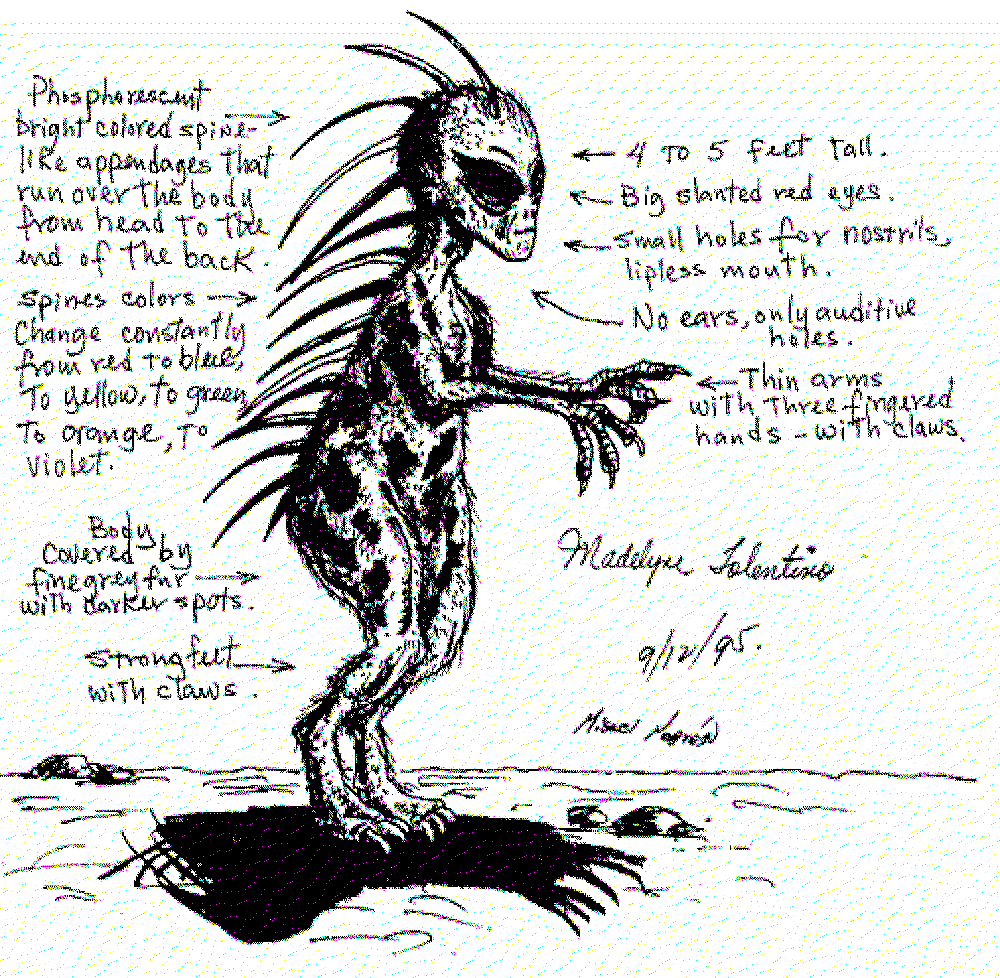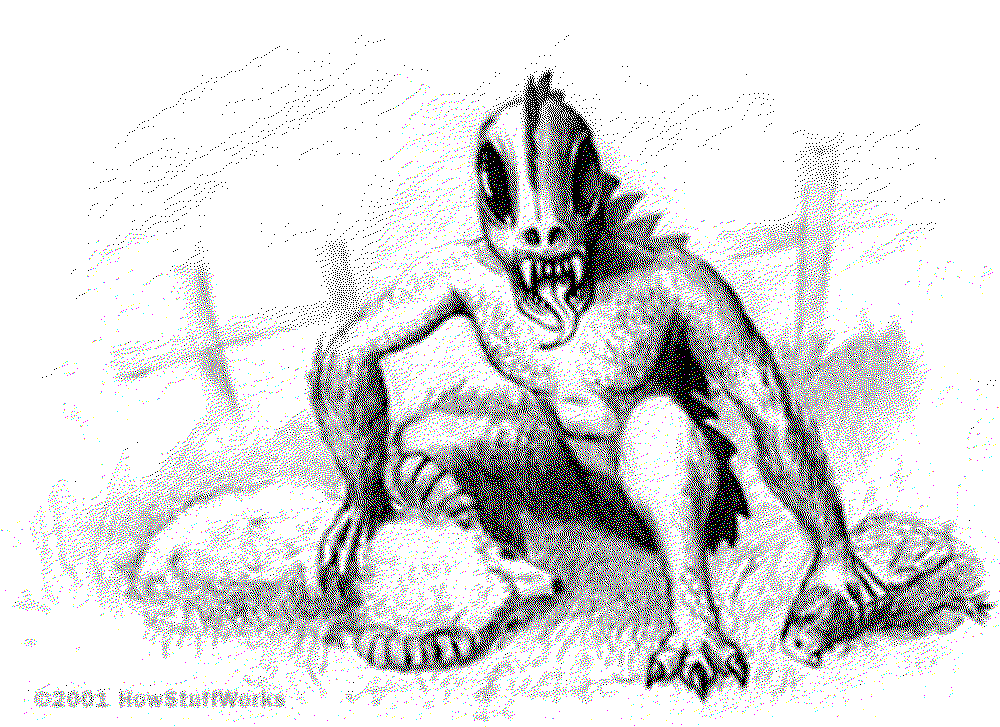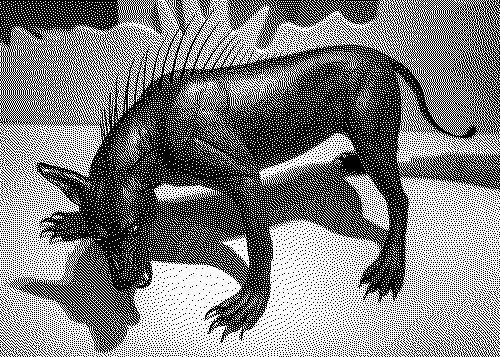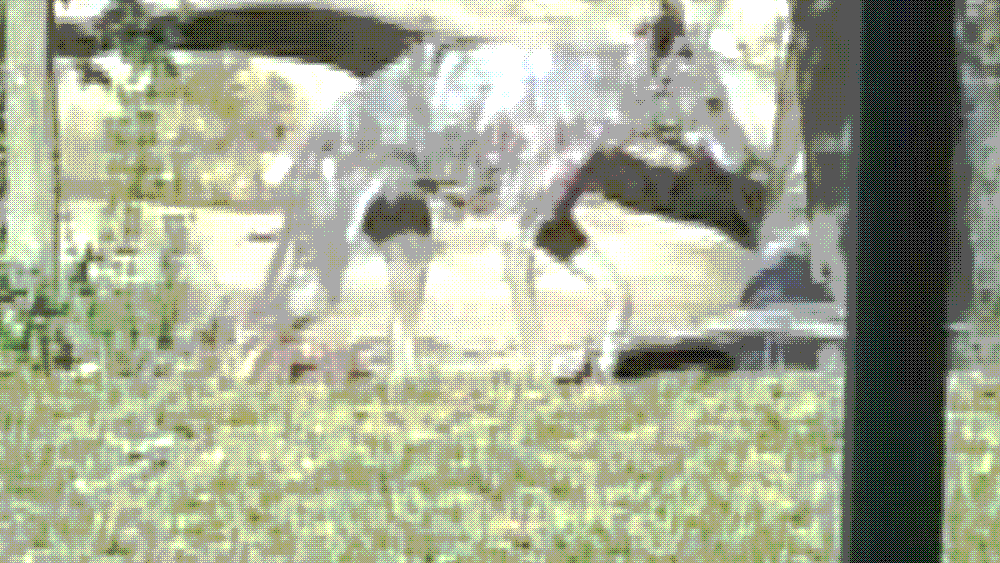
╔═══╗╔╗ ╔╗
║╔═╗║║║ ║║
║║ ╚╝║╚═╗╔╗╔╗╔══╗╔══╗ ╔══╗╔══╗ ║╚═╗╔═╗╔══╗
║║ ╔╗║╔╗║║║║║║╔╗║╚ ╗║ ║╔═╝╚ ╗║ ║╔╗║║╔╝╚ ╗║
║╚═╝║║║║║║╚╝║║╚╝║║╚╝╚╗║╚═╗║╚╝╚╗║╚╝║║║ ║╚╝╚╗
╚═══╝╚╝╚╝╚══╝║╔═╝╚═══╝╚══╝╚═══╝╚══╝╚╝ ╚═══╝
-------------║║-------------------------003
╚╝
In 1975, a series of livestock killings in the small town of Moca, Puerto Rico were attributed to El Vampiro de Moca ('The Vampire of Moca'). Initially, it was suspected that the killings were committed by a Satanic cult; later more killings were reported around the island, and many farms reported loss of animal life. Each of the animals was reported to have had its body bled dry through a series of small circular incisions.
The first reported attack attributed to the actual chupacabras occurred in March 1995. Eight sheep were discovered dead in Puerto Rico, each with three puncture wounds in the chest area and reportedly completely drained of blood. A few months later, in August, an eyewitness named Madelyne Tolentino reported seeing the creature in the Puerto Rican town of Canóvanas, where as many as 150 farm animals and pets were reportedly killed. Madelyne provided the first and now incredibly well-known description of the creature.
Puerto Rican entrepreneur Silverio Pérez is credited with coining the term Chupacabras (goat-suckers) soon after the first incidents were reported in the press. Shortly after the first reported incidents in Puerto Rico, other animal deaths were reported in other countries, such as Argentina, Bolivia, Brazil, Chile, Colombia, Dominican Republic, El Salvador, Honduras, Mexico, Nicaragua, Panama, Peru, and the United States.
Based on Madelyne's initial report, many sketches were made of the Chupacabra as shown below. Described as having the facial features and stature akin to a Grey alien with the addition of fangs, a body covered in grey fur with spots (similar to werewolf descriptions), scaled/rough skin and 3-fingered hands with claws akin to reptilians, with the noteable feature of having large spines sticking out from its head and all the way down its back which were supposedly constantly shifting in colour across the visible spectrum. It was said they would hop and move very similarly to kangaroos.


The depicitons coming out of the Southern US and down to the Yucatán Peninsula in Mexico in the early 2000s described the creatures as more dog-like or coyote-like in appearance, only keeping the feature of the strange spines protruding down their backs. They sometimes had very thin fur across their bodies or none at all, and had fangs and prominent/deep eye sockets.


It is said that it may be best to consider the South/Central American and Caribbean "Chupacabras" as a distinct genus from that of the Mexican/American counterparts. Despite some similar features, hunting methods, and diet. Perhaps they filled a similar ecological niche, or perhaps some sort of clandestine lab experiment studying chimerization produced these creatures and either let them loose or had them escape somehow. Looking at the Caribbean and South/Central American descriptions seem to point to a connection to other Cryptids, primarily Greys and Reptilians. It could be that they are some elusive subspecies or hybrid of either. One anonymous user on /x/ even went so far as to suggest that they were a stranded population of Greys left to go feral and devolve over generations.
